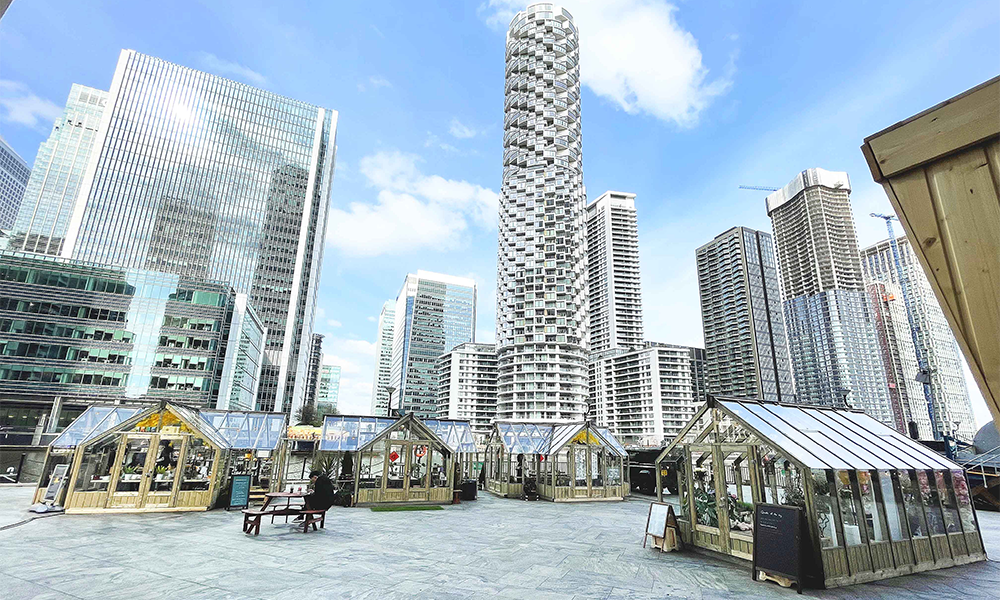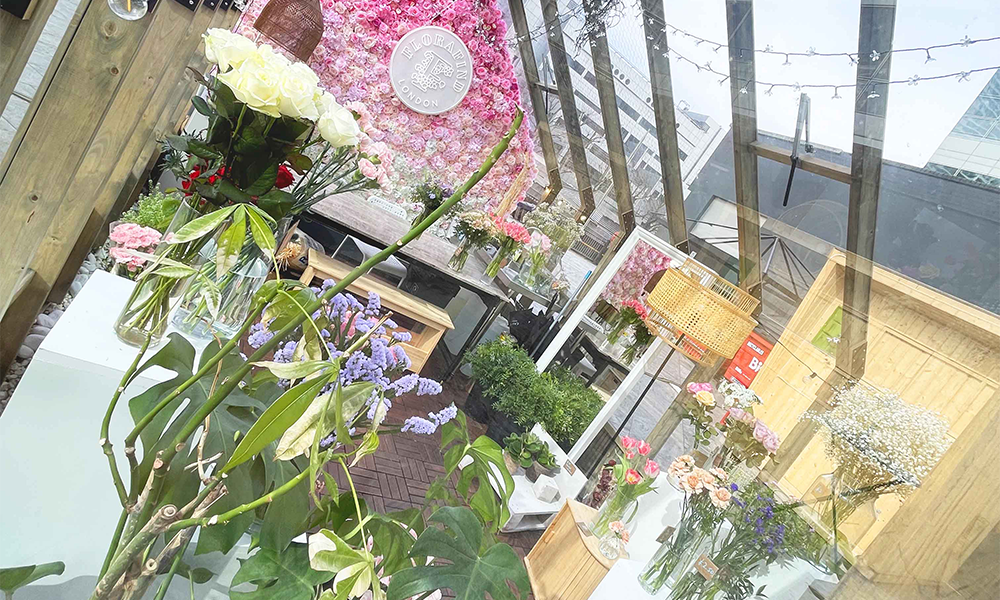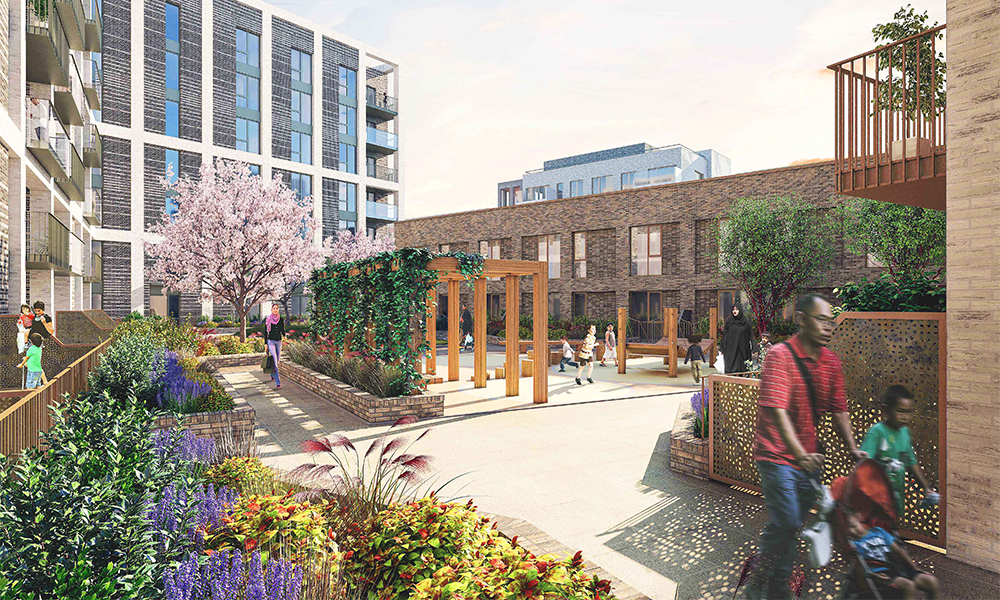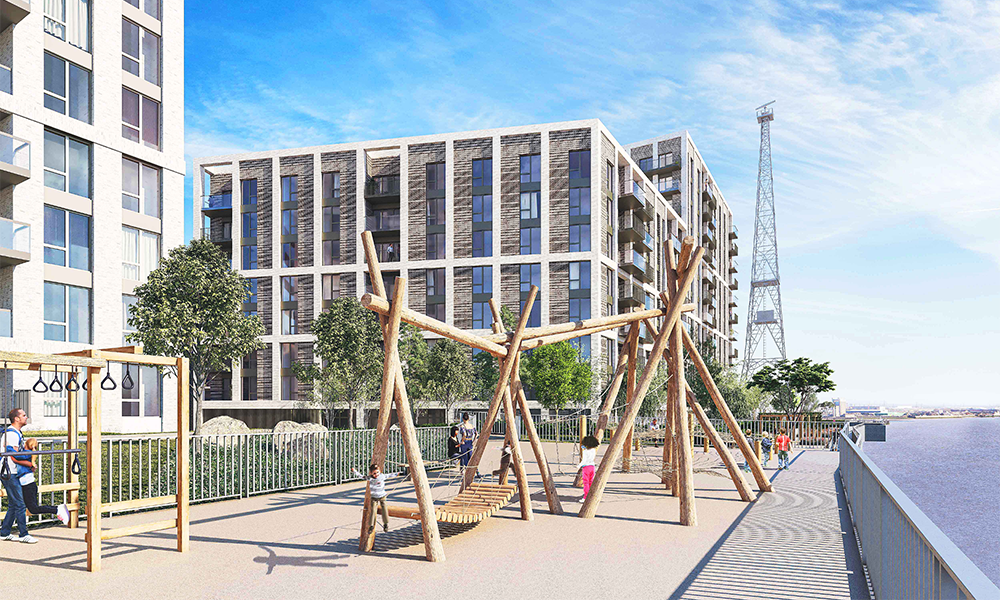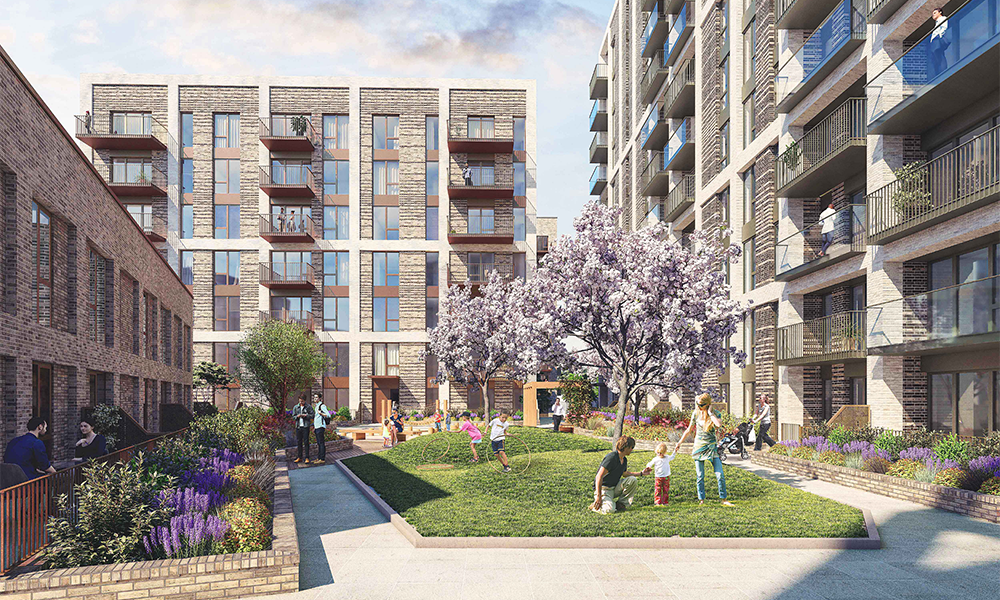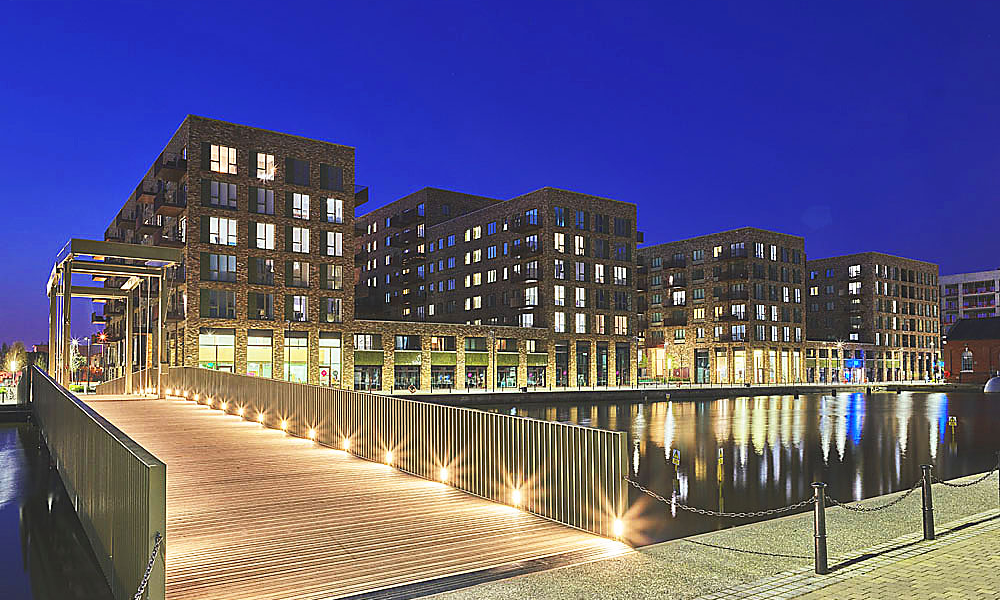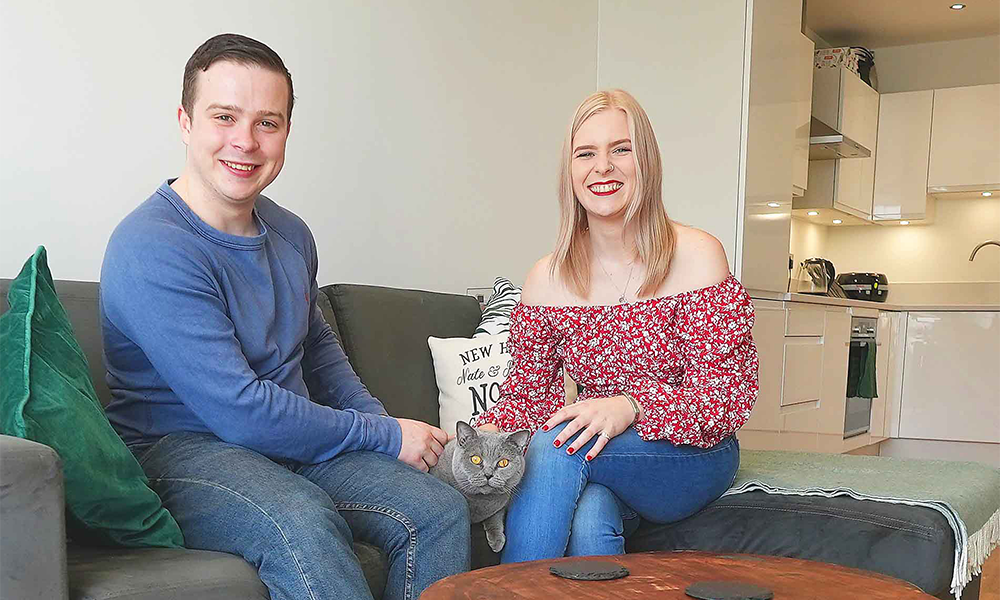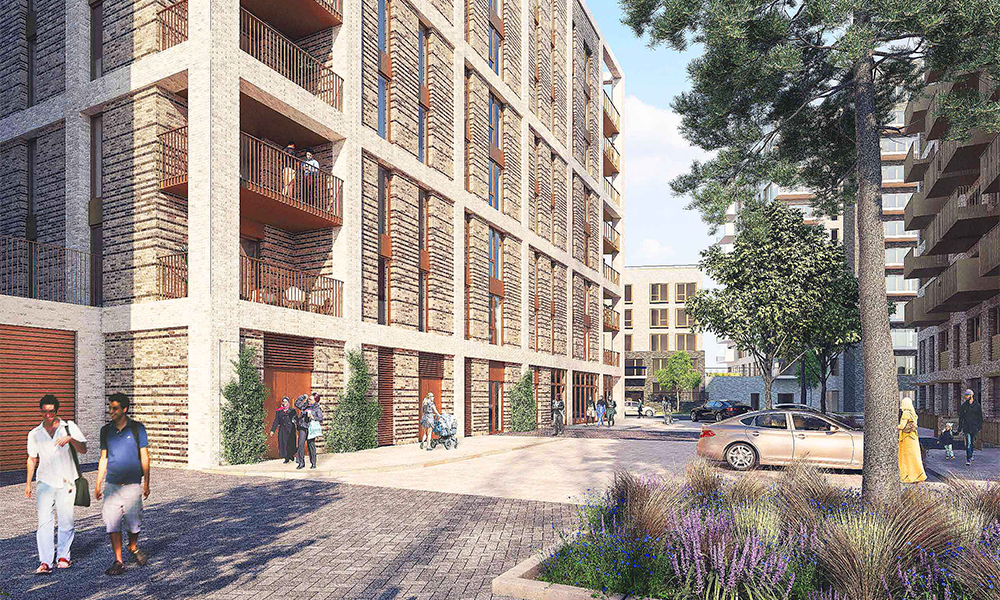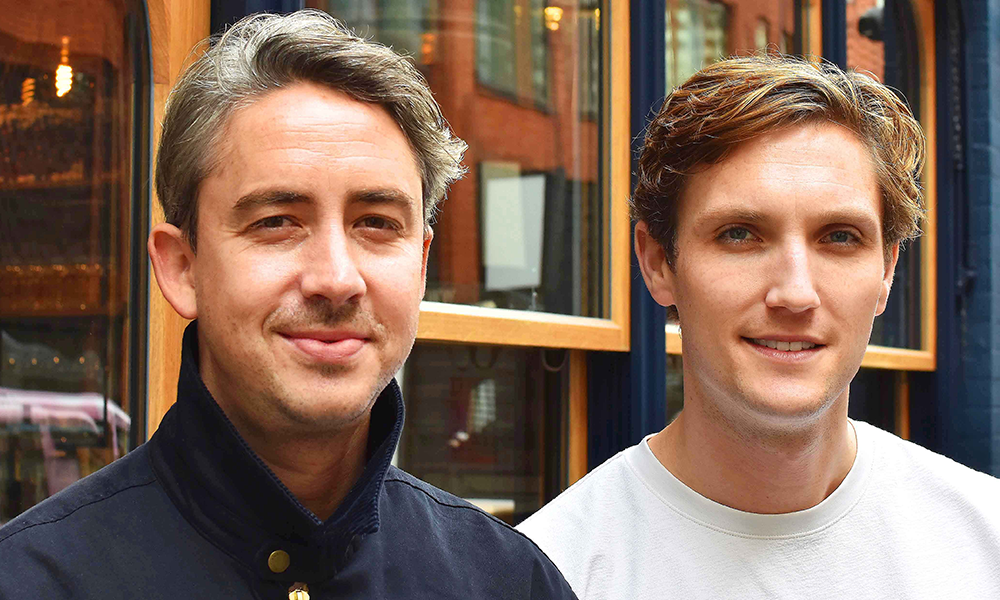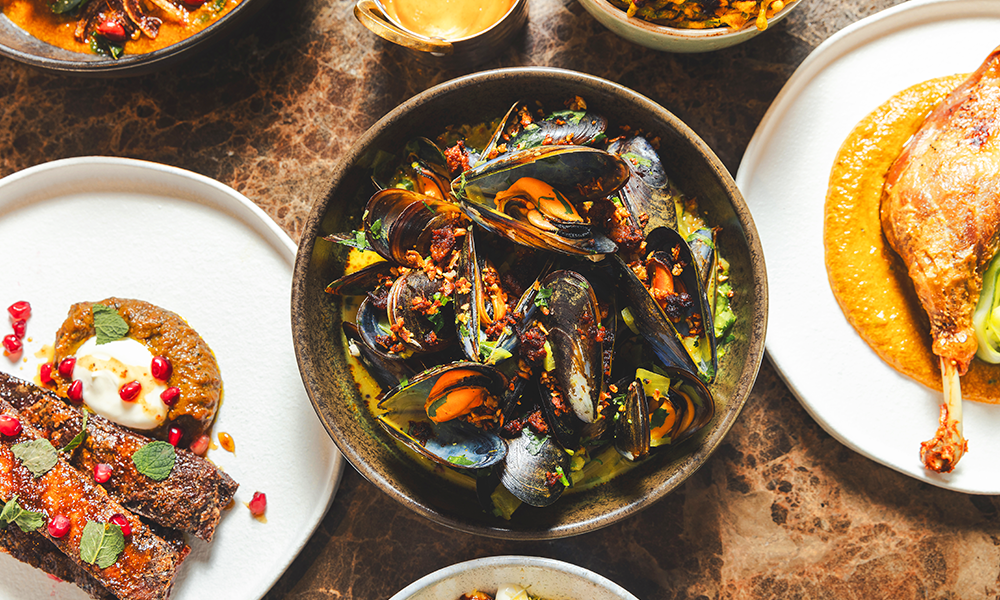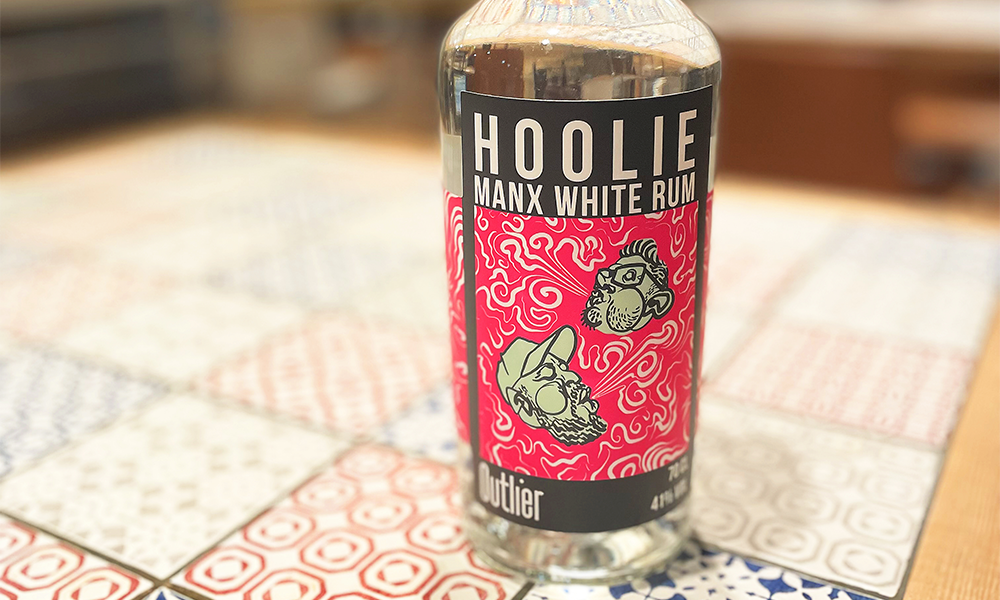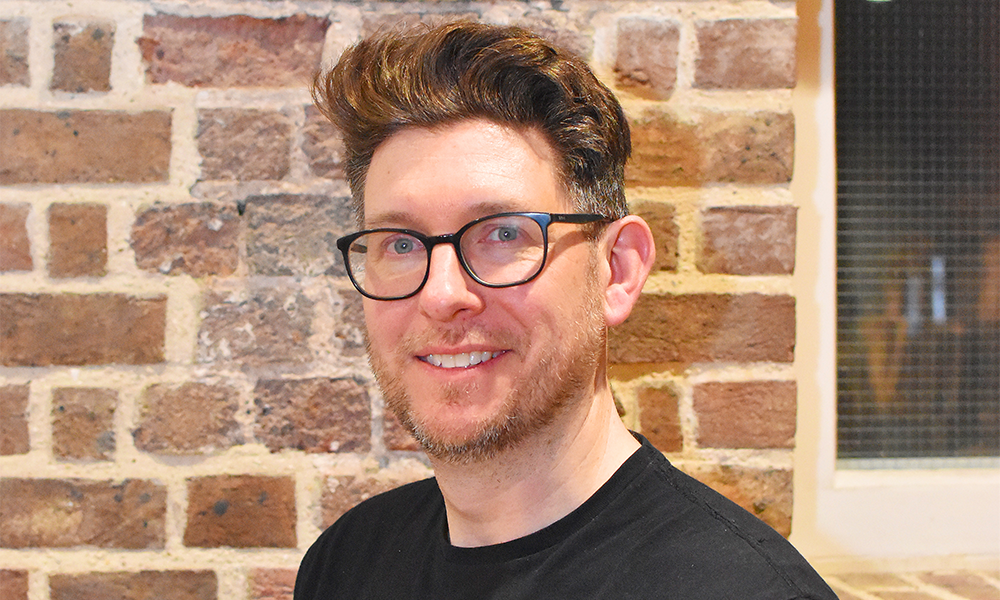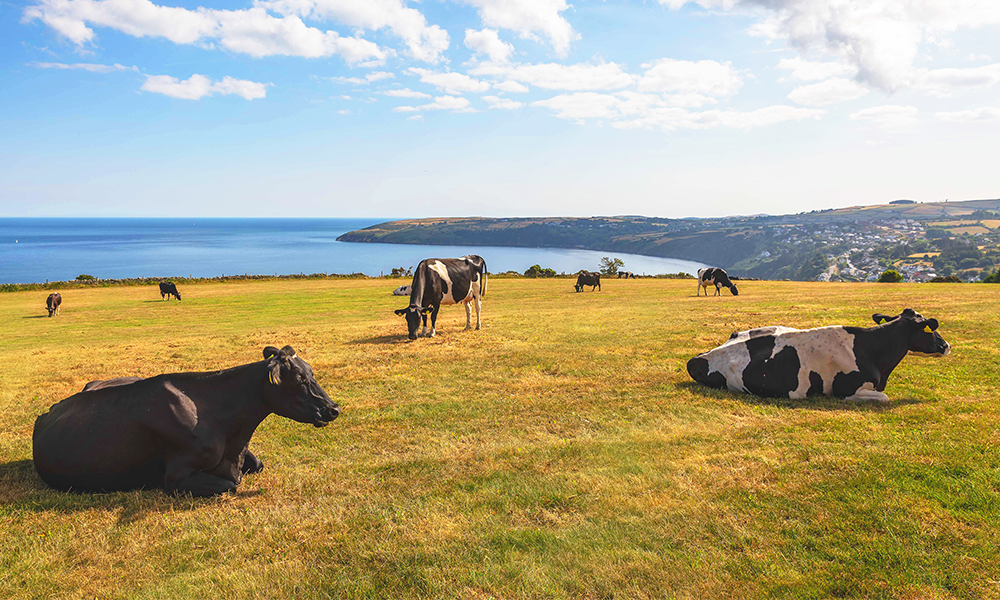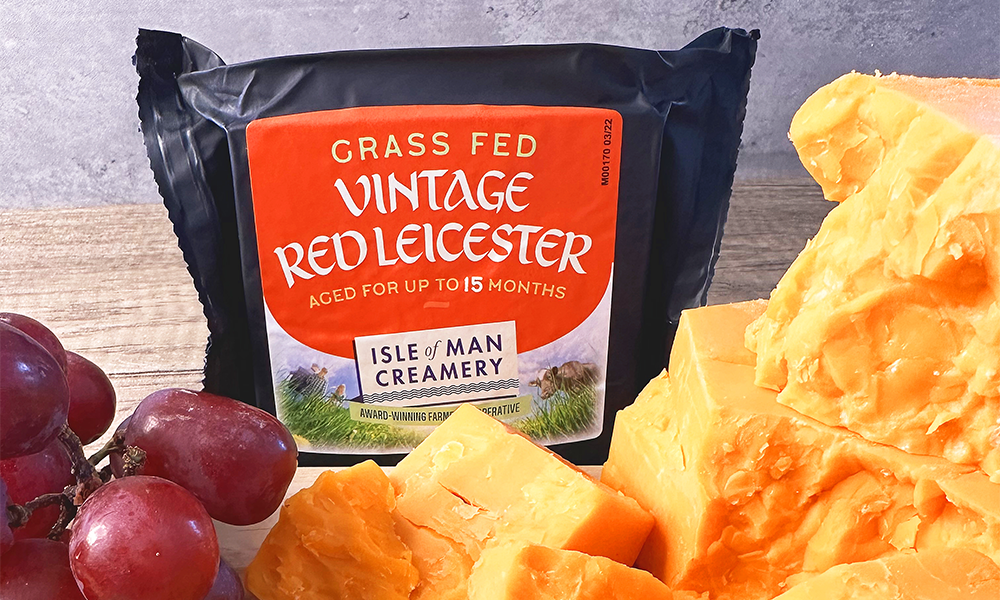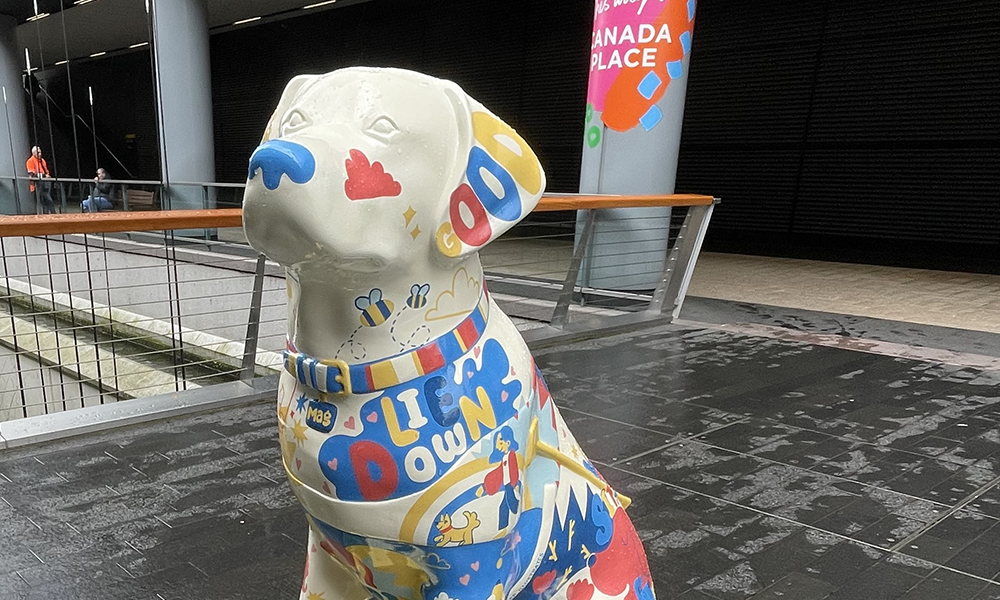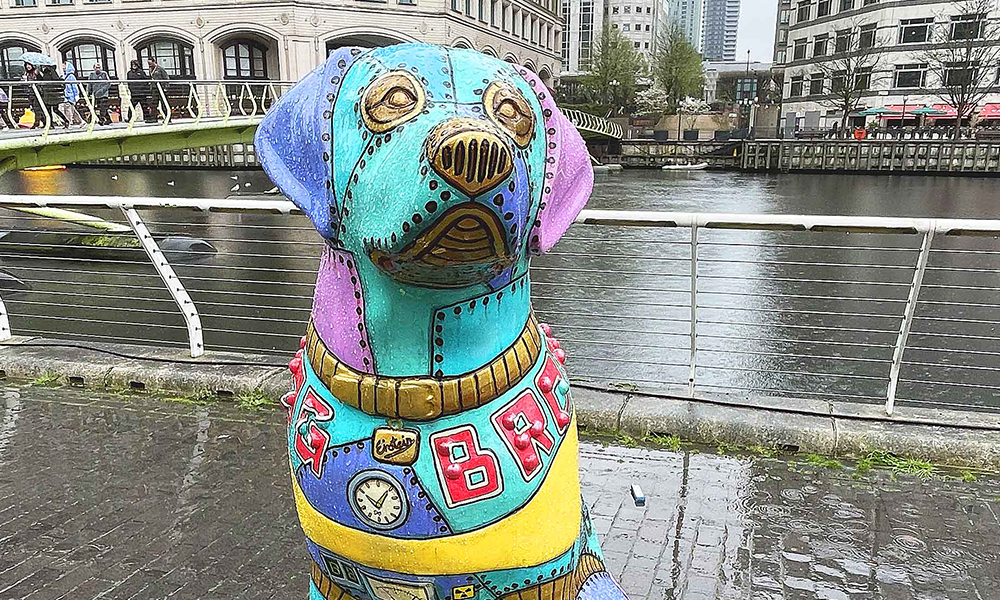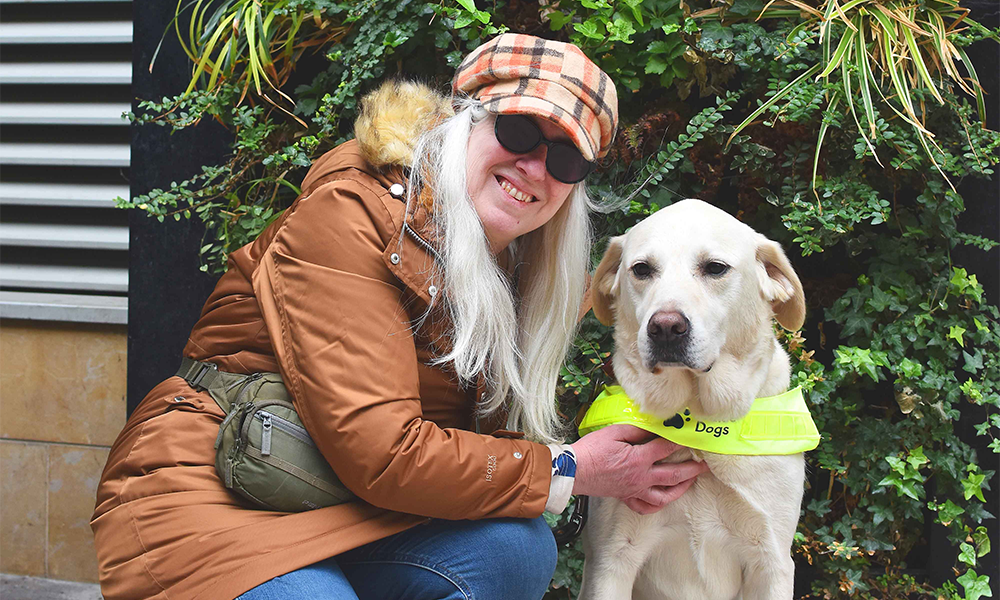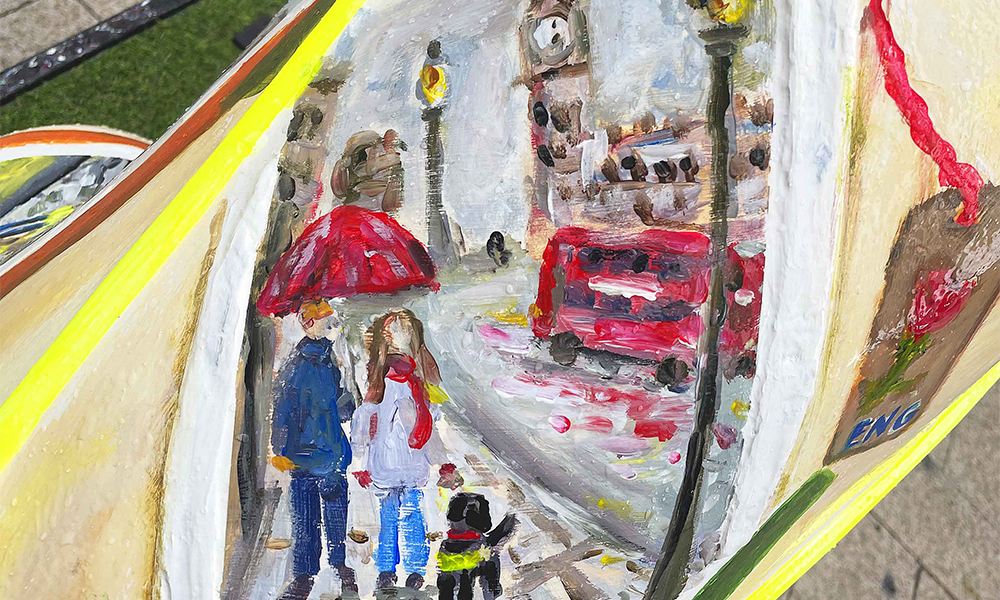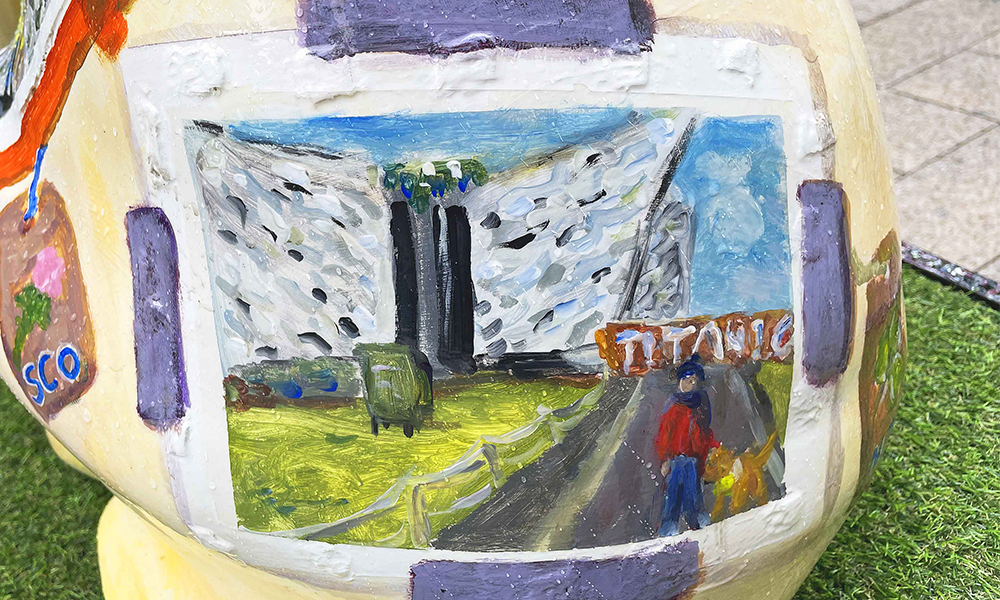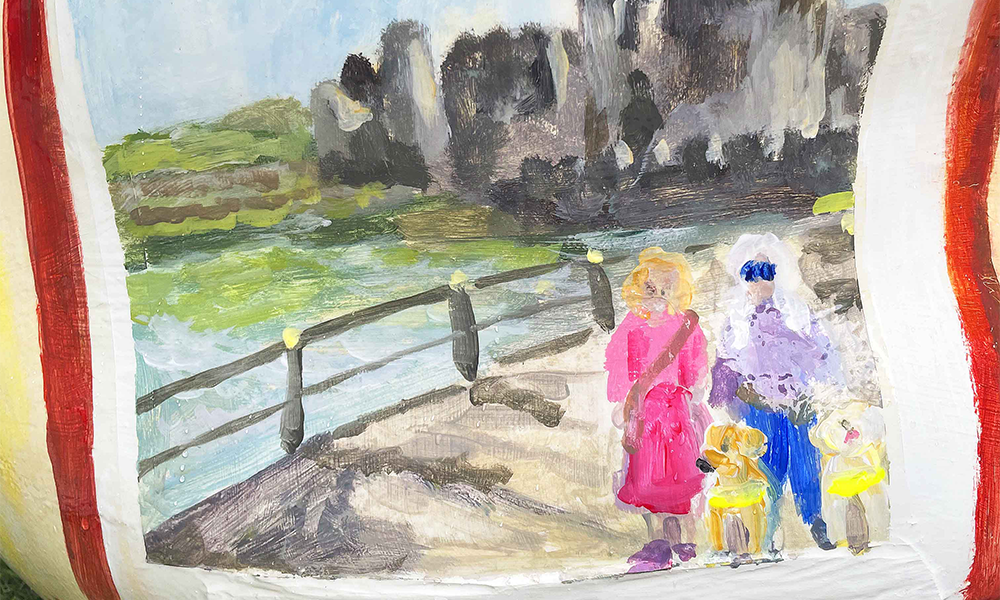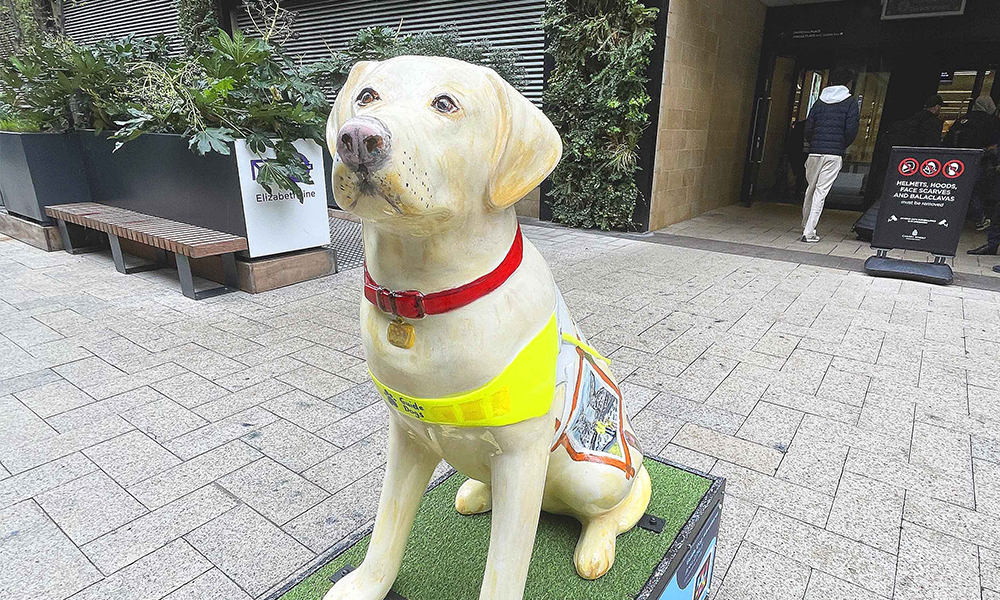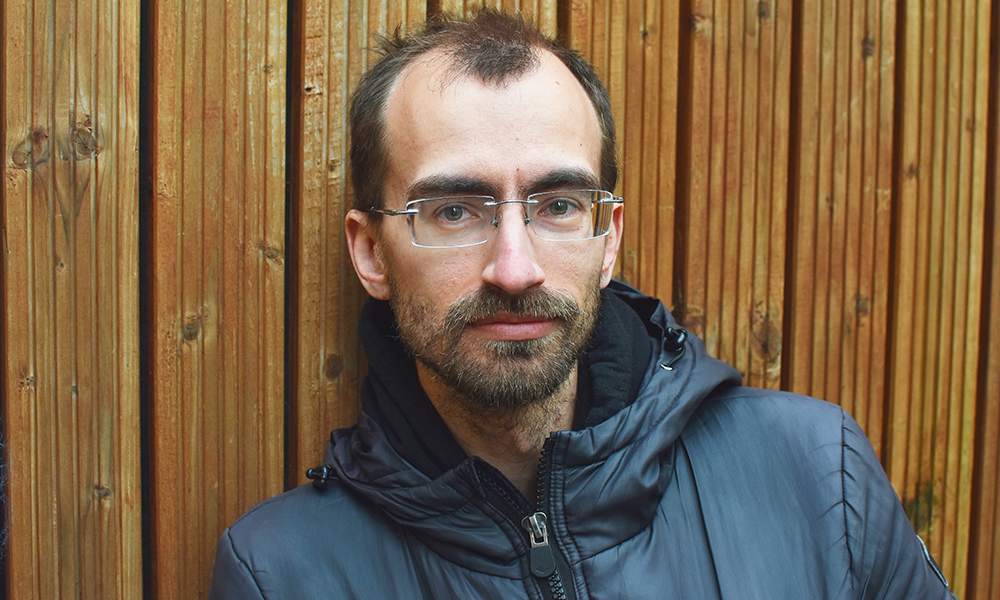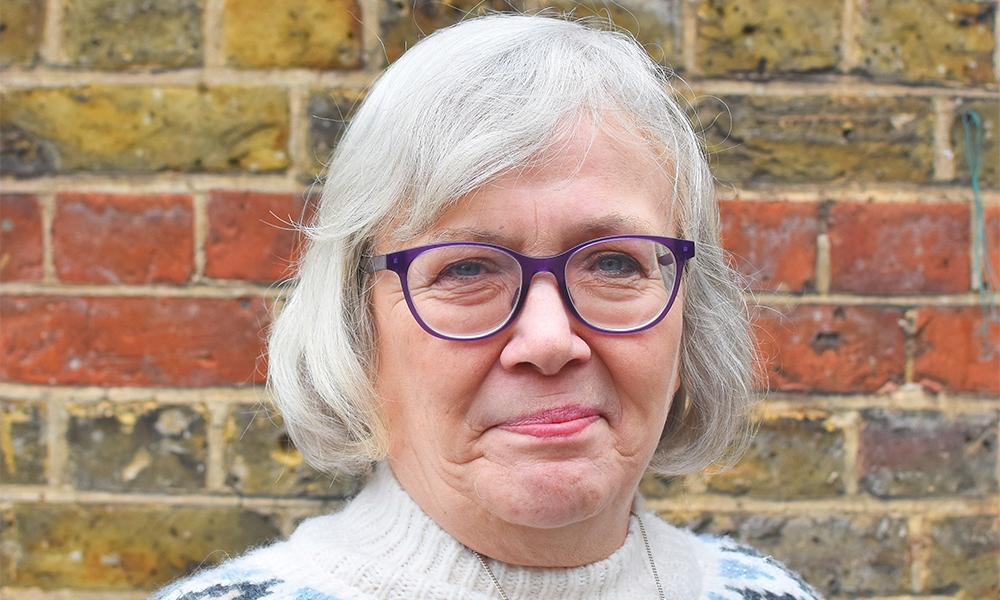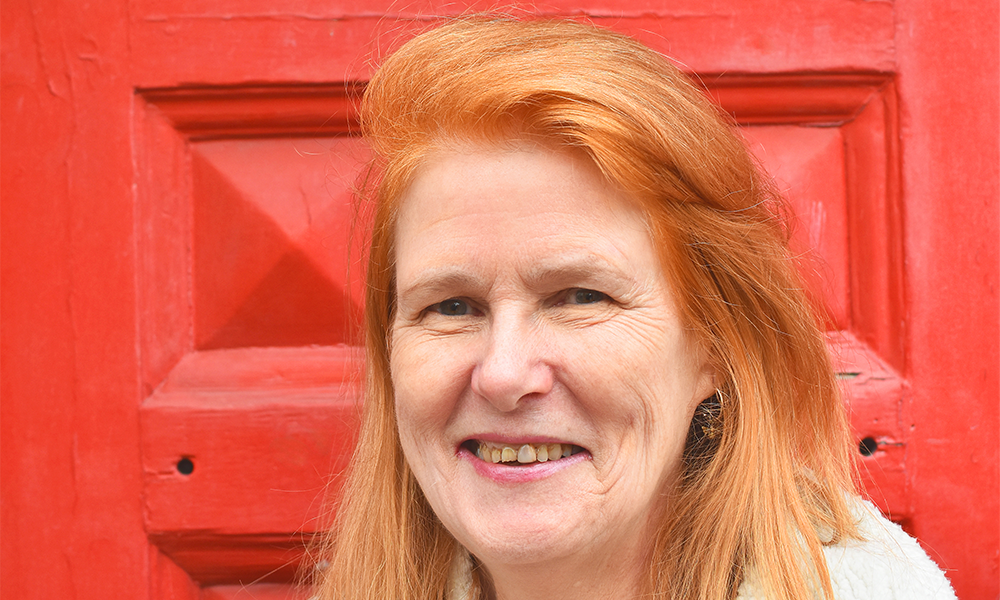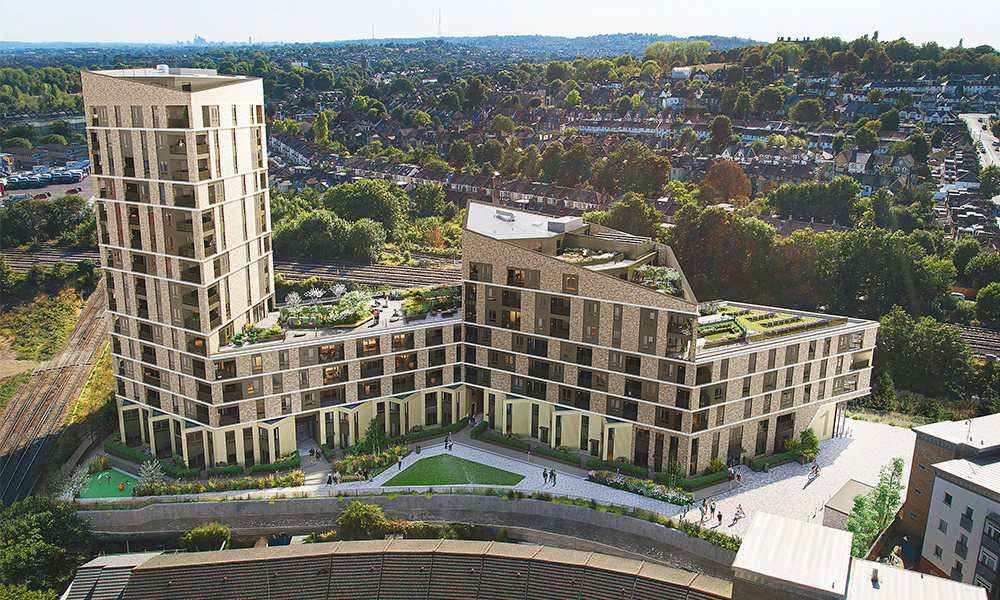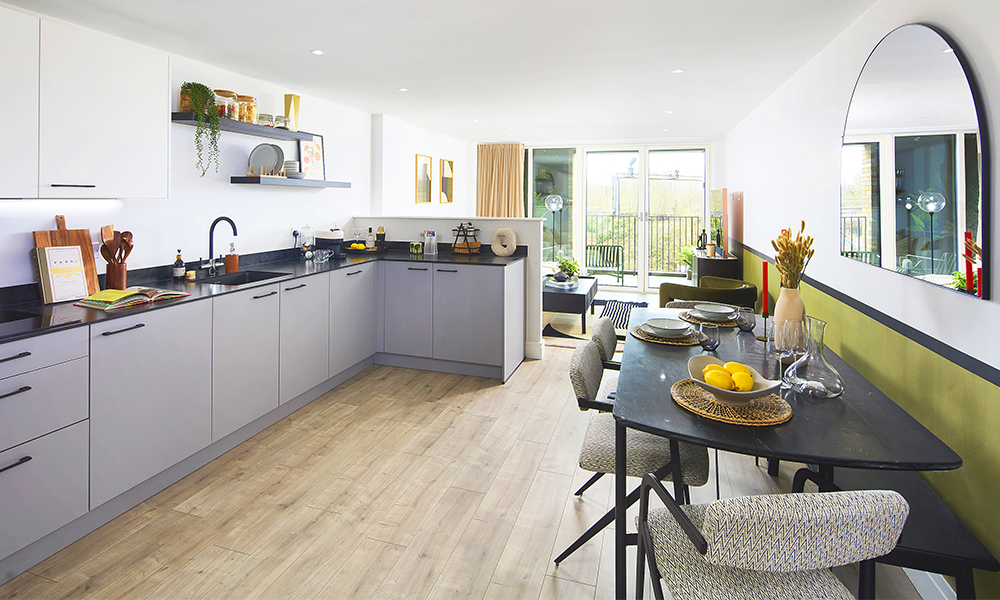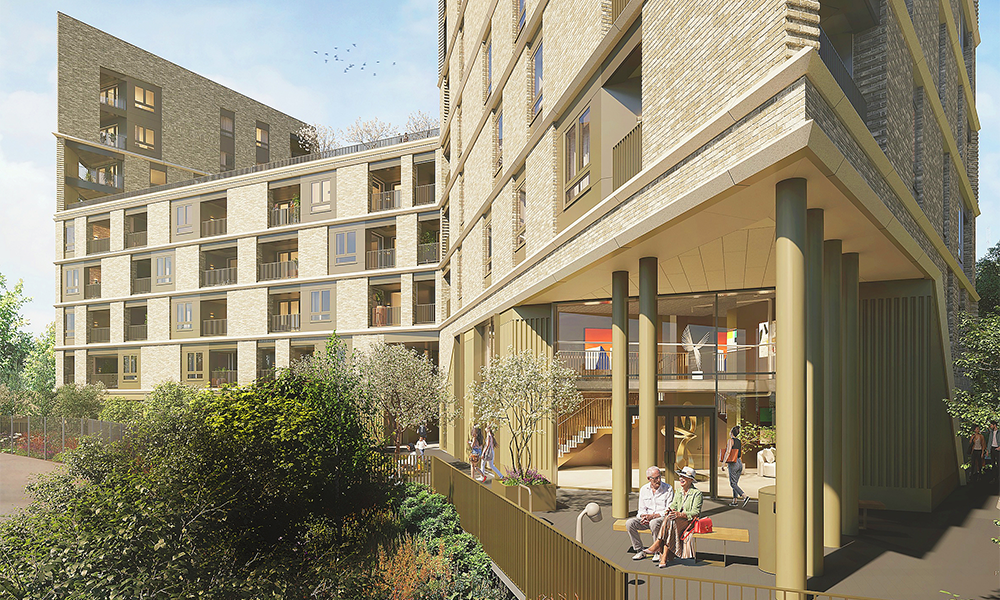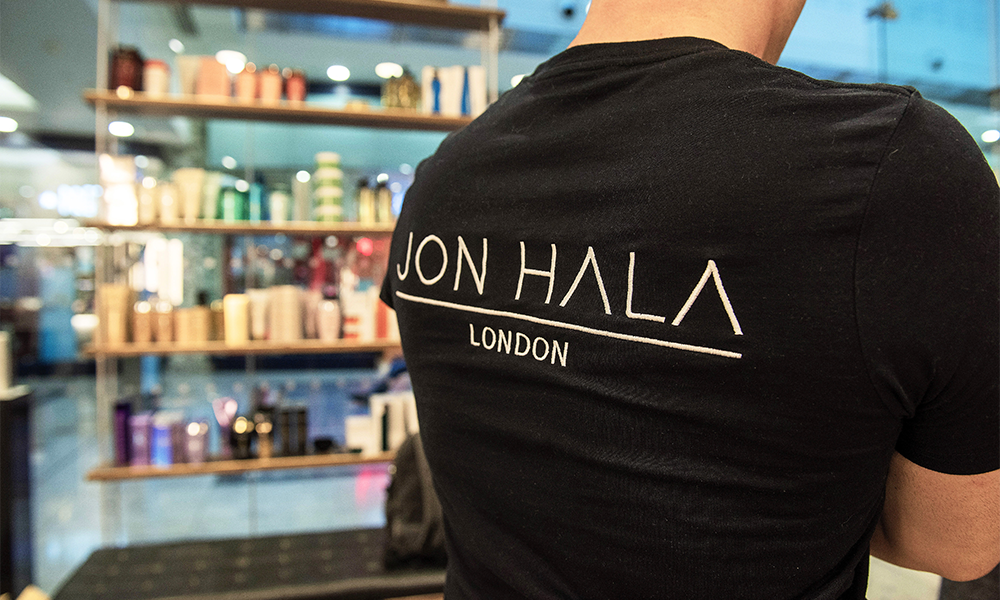Piece depicting Boris Johnson’s face in precisely sliced newspaper can currently be seen at Blackheath’s Millennium Circle
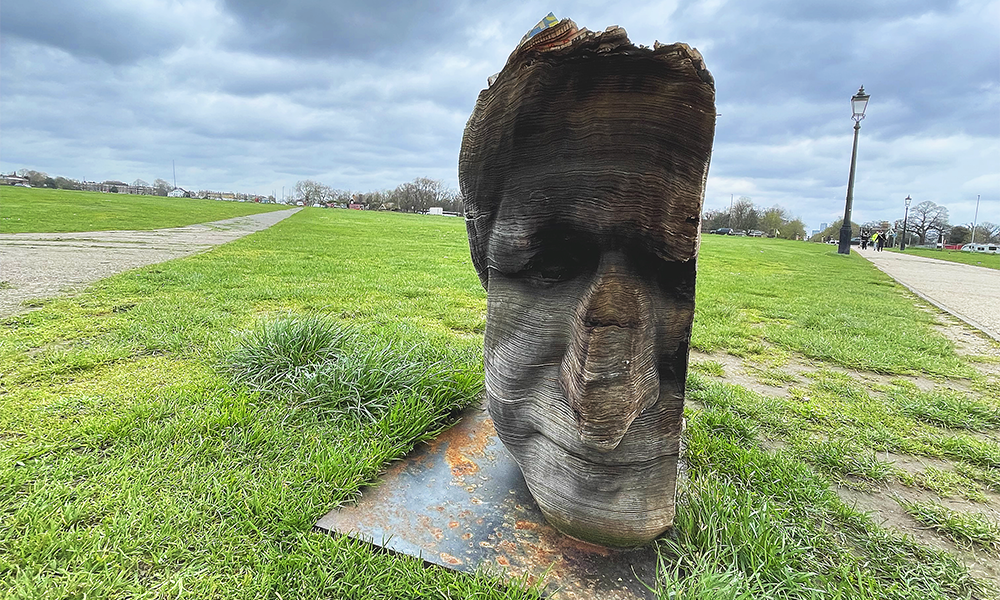
Subscribe to our free Wharf Whispers newsletter here
As we stand beside the head of Boris Johnson on Blackheath, a young spaniel scampers up and urinates on it.
After I mention to the four-legged critic’s owners that I’m with the artist who created the sculpture, they’re immediately full of apologies and dash off with the same nervous energy as their canine charge.
Mohamed Mohamed, however, welcomes the act.
For him, Old News, is just that.
He’s already set fire to it at Speaker’s Corner and, having been made, run its course and suffered symbolic destruction, it has now returned to the streets of Greenwich like the discarded newspaper it started life as.
He’s not sentimental about it – surprising, perhaps, given the effort that went into creating it.
“I built my own machines so that I can physically sculpt things,” said Mohamed.
“I’ve been an industrial designer since the age of 14 and, after graduating from the London College Of Communication, I’ve worked for large format fabrication companies in their research and development departments.
“When the pandemic struck I’d just signed a lease on a workshop in Greenwich and then I was furloughed.
“With Old News, I had been developing slicing capabilities – how to accurately cut an object at higher and higher resolutions.
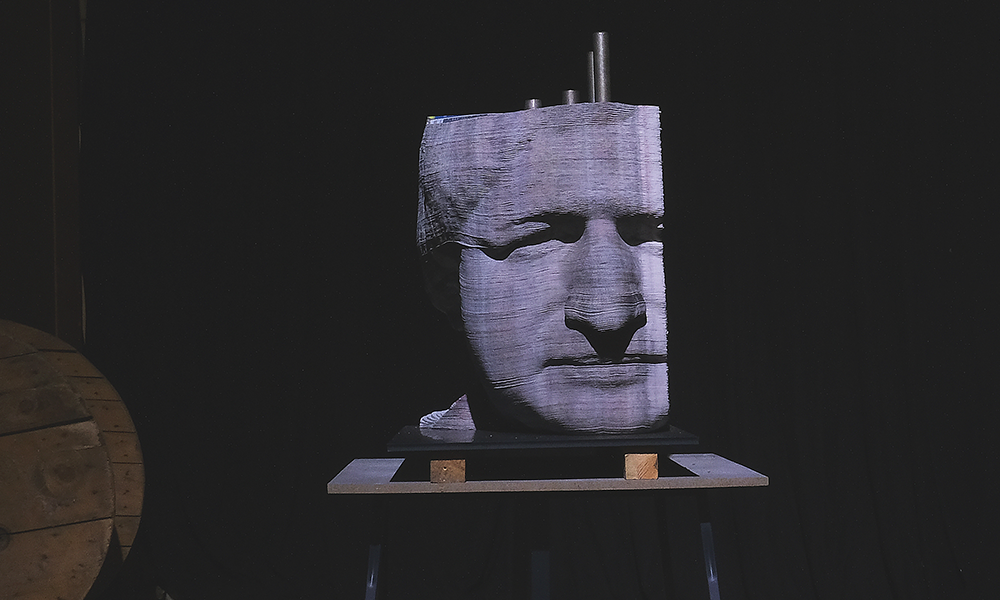
“3D printing uses this technique and it’s similar to the idea of pixels in an image.
“The first thing I made was using sheets of cardboard, then sheets of metal and then newspaper at 0.3mm per slice.
“The first Covid lockdown was kicking off and I collected newspapers.
“I had to remove the staples from every copy and iron each sheet. While I was doing that, I was thinking about what to make and Boris’ face was everywhere.
“I produced a digital version of him using photogammetry, which uses images from many different angles to create a 3D map.”
Mohamed used this to cut some 6,277 newspaper pages, working in layers of five to precisely reproduce the former prime minister’s head in three dimensions – stacking them on a steel base plate with precisely calibrated bars holding them in place.

“To iron the newspaper took a week, to cut it was three weeks, and to assemble it was me in a dark room for another three,” said Mohamed.
“There’s a level of dedication – of sacrifice to be able to make something honestly like that. Before I made my own pieces, I made work for lots of other people.
“If an artist uses a 3D printer or wields a violin themselves, that’s one thing. If you’re paying someone to do it for you, to me, that’s something else.
“I’m not qualified to judge whether it’s better or worse, but for me personally, I have to physically feel the sweat on my brow, and that links me with my work – that I have physically done it.”
During our conversation, the topics of truth and process come up consistently. Both sit very much at the heart of what Mohamed does.
“I have been making art as a way to sharpen my skill-set for as long as I can remember,” he said.
“It’s a gymnasium for my brain – you create geometry or a thing that doesn’t have to solve a problem – I just have to challenge myself to do it.
“In an art setting, you’re just expressing what’s inside you.
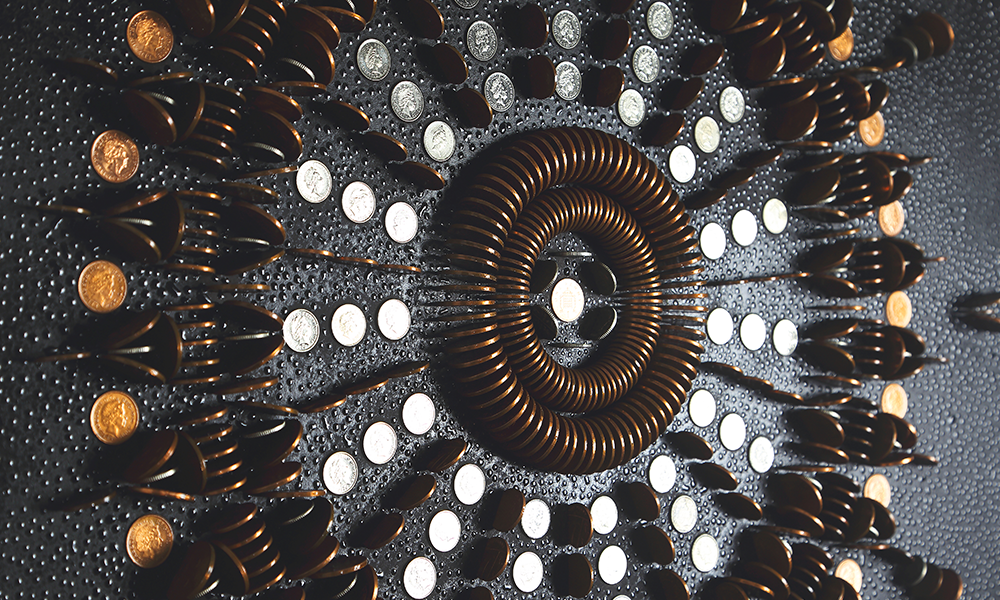
“While I work, I pick up litter and that’s what my sculptures are made from. I’ve always been very much into environmental causes and we’ve got a lot of stuff going into landfill.
“If you’re creative, you can turn those objects into something else.
“So I collect lots of things – I’ve picked up coins, a toothbrush and gambling pens on the way here – I have thousands of them in a bucket and I have lots of buckets of different things.
“I listen a lot to the Quran and I see the fineness of art in the world around me.
“The purest art would be the sunrise itself – then a painting of it, a scan of that printed out and so on.
“I know I’m not going to be at the top of that hierarchy, but I can take secondary creations like empty bottles of beer and turn them into something else.
“For me, it’s about taking objects which have been discarded – that someone felt were worthless – and giving them worth.
“I gather things then ask what skill level I’m at and what physics and technology will allow me to do.
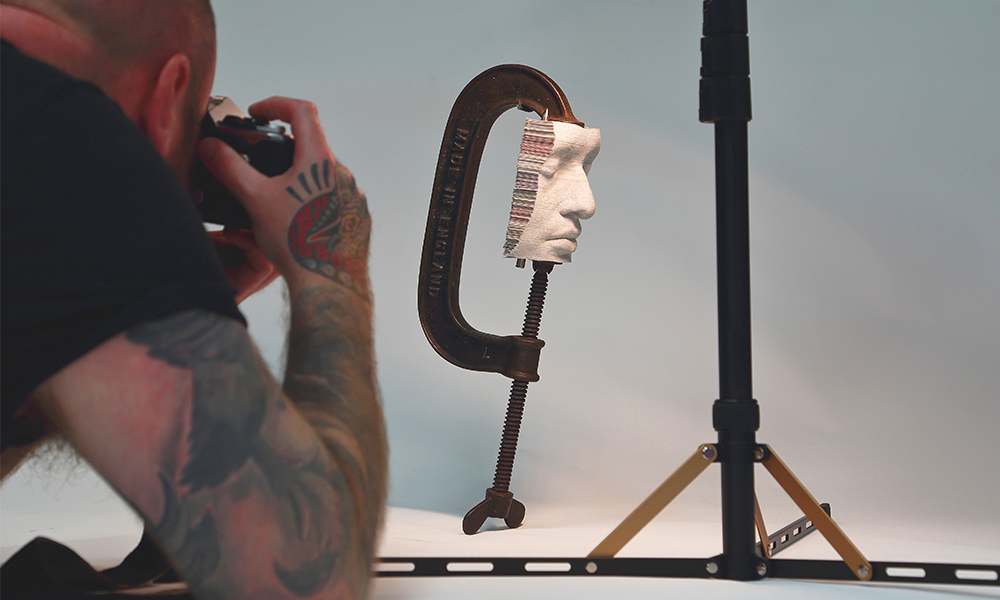
“I use things like CNC machines or 3D scanners, but I’m not deluding myself – they are just tools, no different than a pencil.
“They allow me to produce what I want to create better.
“The beauty of it, for me, is the engineering element. Anthony Gormley is one of my favourite artists and I like how his pieces are made, how the magic is done, which no-one ever looks at.
“People might appreciate the message of a piece, but if an artist concentrates too much on that, they end up trying to sell you a message.
“Then what’s created is no longer art, it’s just decoration.
“When I work, I am trying to distil my skill level – my entire life’s work – into a physical object and then move on.
“I’m not then sentimental about that piece – it’s made.”
Mohamed, who has Palestinian roots and lives and works in Lewisham, uses the example of a tree.
While its trunk, branches, leaves and blossoms might appear impressive at any one time, he says he sees the whole growing process – the complete history of the entity.
He said people looking at his art were often considering the fruit of the tree, rather than seeing this story.
It’s one reason why those viewing his work may wish to be wary of interpreting his pieces as overtly political.
“The fact Old News features Covid and Boris is irrelevant to me, but significant to others,” he said.
“The beauty of art is that it doesn’t have to mean anything to me – I’m just the vessel for the thing and other people analyse it.
“If I was making Old News today, it would be about the Palestine conflict – 10 years ago, it would have been about weapons of mass destruction.”

need to know
Old News can currently be found at the Old Donkey Pit, also known as Millennium Circle, at 0º longitude on Blackheath.
Find out more about Mohamed Mohamed here of find his work on Instagram here
Read more: How St James’ Bow Green development is at one with nature
Read Wharf Life’s e-edition here
Subscribe to our free Wharf Whispers newsletter here
- Jon Massey is co-founder and editorial director of Wharf Life and writes about a wide range of subjects in Canary Wharf, Docklands and east London - contact via jon.massey@wharf-life.com




